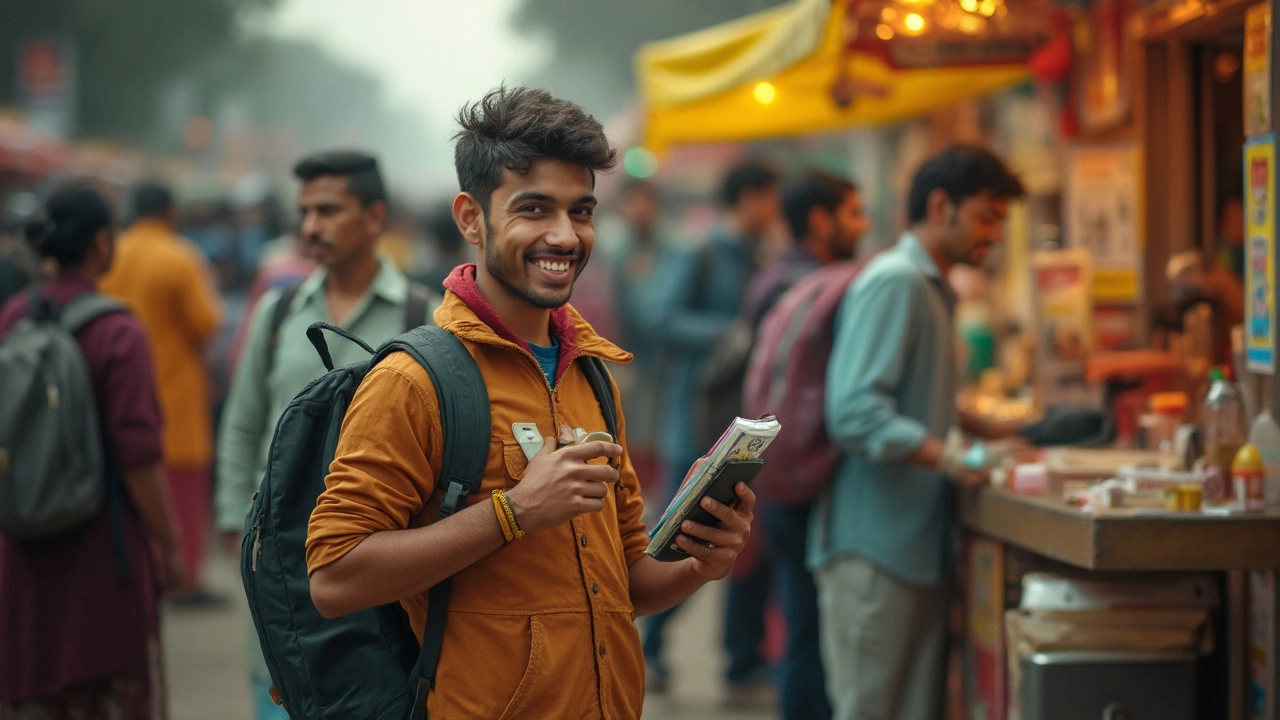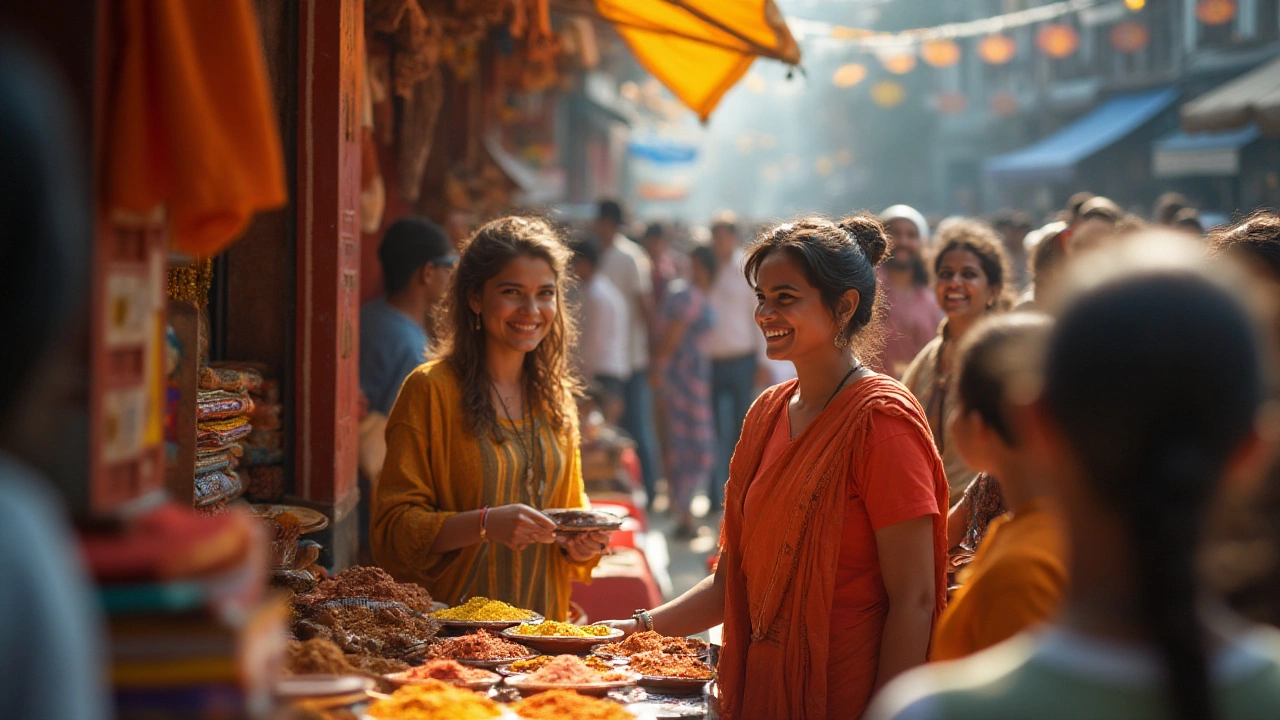India Safety Tips: What Tourists Need to Know Before Traveling
When you think about traveling in India, a diverse, vibrant country with over 1.4 billion people, rich cultures, and complex urban environments. Also known as the Indian subcontinent, it offers unforgettable experiences—but knowing how to stay safe makes all the difference. Safety in India isn’t one-size-fits-all. What’s true in rural Punjab won’t apply in Mumbai’s nightlife, and what works for solo travelers won’t always work for families. The key isn’t fear—it’s awareness.
Street food, a major part of India’s culinary identity and a favorite among locals and tourists alike is perfectly safe if you know the signs: busy stalls, steaming hot dishes, and vendors who wash their hands or use gloves. Avoid raw salads, unpeeled fruit, and ice in drinks unless you’re sure the water’s purified. Many travelers get sick not because of spice, but because of poor hygiene practices around water and storage. Stick to what’s cooked fresh in front of you. Similarly, public transport, including trains, buses, and auto-rickshaws is generally reliable and affordable, but always use app-based taxis like Ola or Uber when possible. Avoid unmarked cabs, especially at night. In cities like Delhi and Mumbai, women travelers should consider booking rides during daylight hours and sit near other passengers on crowded trains.
Some places are safer than others. Punjab, a state known for its hospitality and low crime rates, is often safer than big metros for solo travelers. Meanwhile, Mumbai, a city with strong police presence and better-lit streets, ranks higher in safety than Delhi when it comes to nighttime movement. Don’t assume all of India is dangerous—most incidents are preventable with simple habits: keep valuables hidden, avoid showing off expensive gear, and trust your gut. If a situation feels off, leave. Locals are usually helpful if you ask politely.
Don’t let myths scare you. India isn’t the wild, unpredictable place some travel blogs make it out to be. Millions of tourists visit every year without incident. The real danger isn’t crime—it’s complacency. Pack a portable water purifier, carry a local SIM card for emergencies, and save the number for tourist police in major cities. Keep a copy of your passport and hotel address handy. Learn a few basic Hindi phrases like "Madad karo" (help me) or "Mujhe pani chahiye" (I need water). These small steps build confidence and reduce stress.
What you’ll find below are real, tested tips from travelers who’ve been there. From what to eat on the road to how to handle unwanted attention, from choosing safe accommodations to navigating festivals like Kumbh Mela without getting lost in the crowd—these posts give you the facts, not the fear. You’re not here to avoid India. You’re here to enjoy it, smartly.
Budget Travel India: How to Prepare the Smart Way
Thinking about backpacking India without burning through your savings? This guide walks you through all the basics for a smart, cheap, and safe journey. Get real tips for handling visas, money, vaccinations, and what to pack. You’ll know how to dodge common scams and stick to your budget. Travel light, spend less, and see more—that’s the plan.
Read moreIs it Safe for Americans Traveling to North India?
Explore the safety of traveling to North India as an American tourist. Discover essential tips and advice for enhancing your travel experience, while understanding cultural norms and regional expectations. Understand the healthcare and hygiene factors, while preparing for a safe and enjoyable journey filled with the astonishing beauty of North India.
Read more
